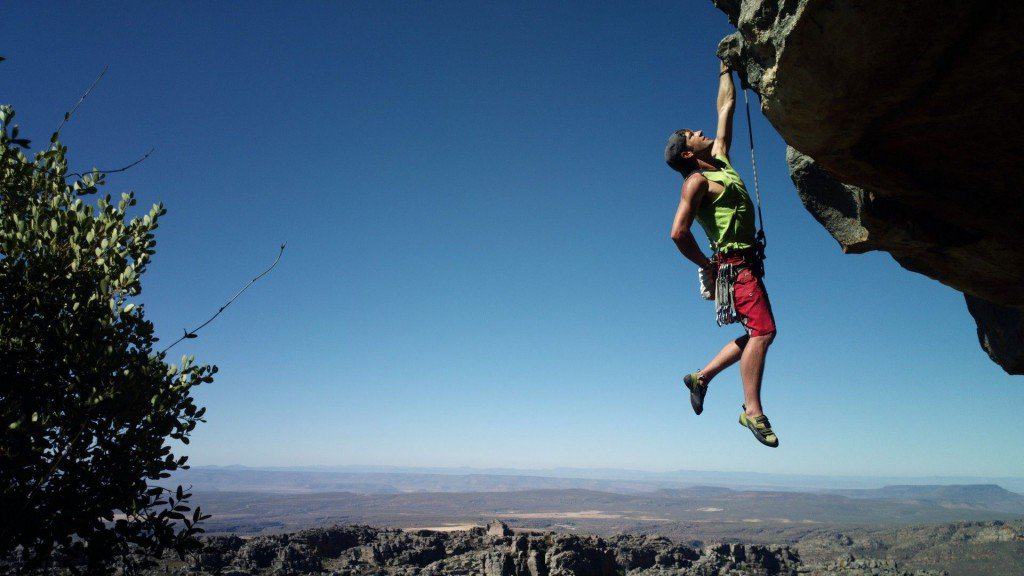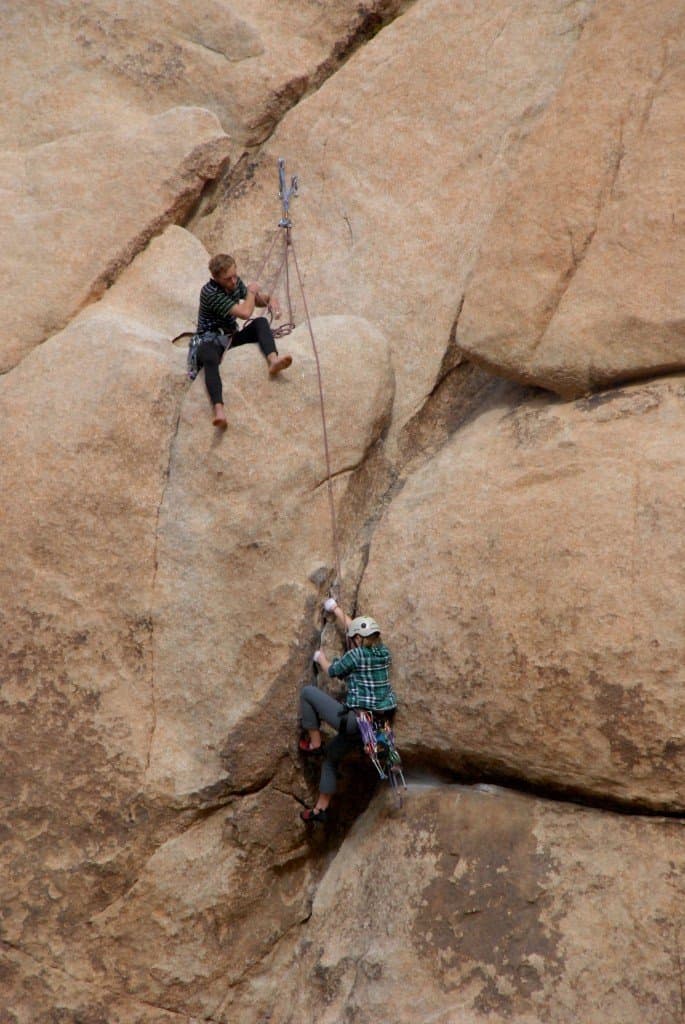Have you thought about rock climbing for fitness? If so, then you may have some questions about the sport. It’s a good idea to learn about the basics before undertaking this exciting activity. Also, you might not know some of the health benefits of rock climbing. Here are some tips on what you need to know about rock climbing for fitness.
Health Benefits
Rock climbing has all kinds of health benefits. Here are some of them:
* Cardiovascular fitness – Rock climbing is good for your heart and your circulation. Sources say that 30 minutes of rock climbing per session is the optimal goal, but if you have to work up to it (say by starting with only 5 minutes of rock climbing at a time), that’s fine. You will still get the benefits as you get your body used to the activity.
* Muscle strength and tone – Rock climbing is like a target-toning workout for your entire body. Your arms of course work hard, but your back and chest muscles are also engaged. Your legs aren’t left out, either – they have a huge role to play in rock climbing, too.
Tips and Suggestions
Before you head out to the rock face for the first time, here are some things to consider.
* Indoor rock climbing – If you are new to the sport of rock climbing, then an indoor rock climbing wall might be a good place to start. If you are a seasoned rock climber, an indoor wall can still be an important way to practice and stay in shape.
* Feet and hands – Experts recommend that you envision a ladder when you rock climb. Try not to grasp too hard with your hands; you might cramp, and the tension doesn’t help with your balance. Think supple and flexible. Your feet should be used something like your hands – in a relaxed, balanced manner. In fact, experts note that your feet may be more reliable at first, since you’re used to balancing on them in everyday life.
* The Letter X – It helps to envision yourself as a letter X, but consider your hips, not your waist, to be the center of the X. If your calf muscles tremble, experts suggest shifting your weight to your toes. This puts more of your weight onto your skeletal structure and less on your muscles.
* Fear – As you get higher and higher, you might experience some fear of heights. The key to overcoming this, say experts, is to practice. The more you climb, the less you’ll fear. And don’t look down except to check the position of your feet!
World Traveling Blogger, Social Media Expert and Nerd who has a passion for Adventure and Fitness.



